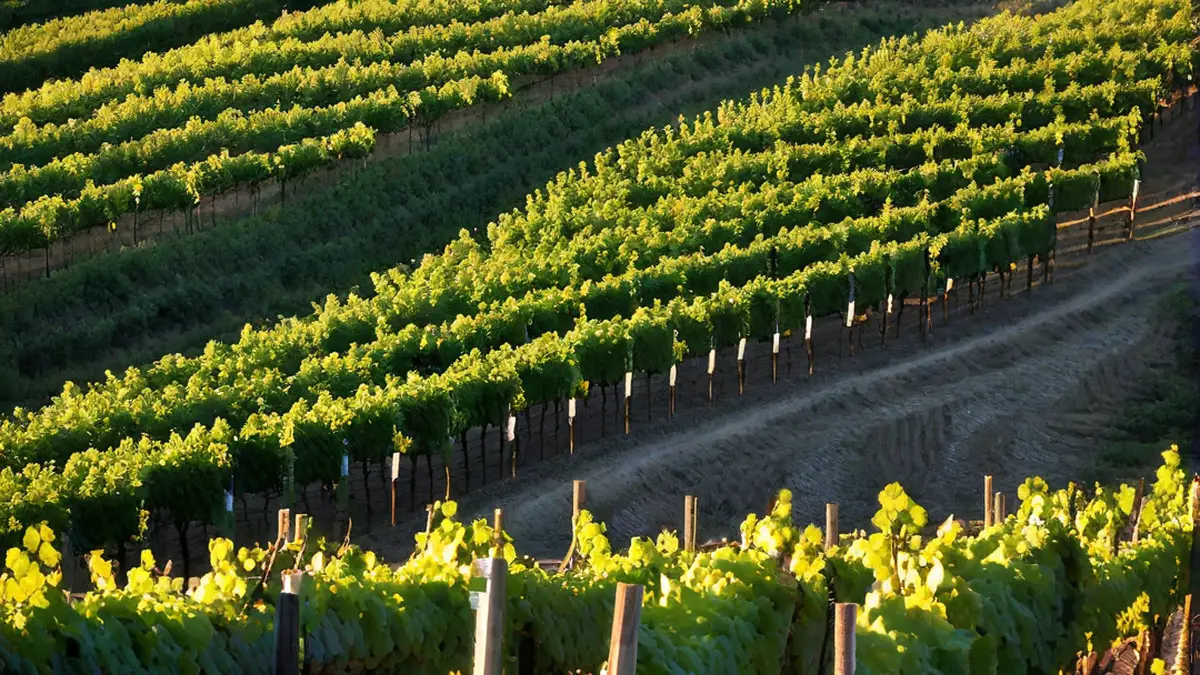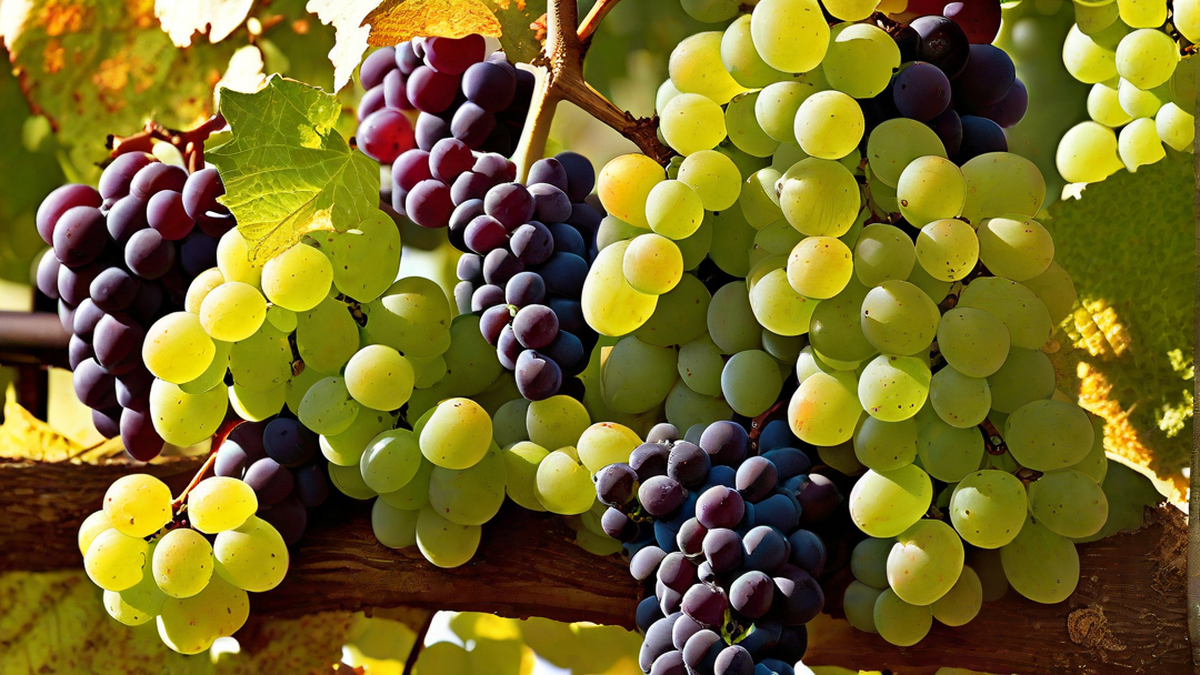I will now share my personal experience of learning how to create sake, a traditional Japanese drink made from rice. For centuries, sake, also known as Japanese rice wine, has delighted people with its complex and delicate flavors, ranging from light and floral to rich and robust. Crafting sake from the beginning may seem intimidating, but with careful attention and patience, it is an incredibly fulfilling journey.
Gathering the Ingredients
Before starting the sake-making process, it is important to gather all the necessary ingredients. The key ingredient, of course, is rice. Specifically, short-grain Japonica rice is commonly used for making sake. It is important to choose a high-quality rice variety that has a good balance of starch and protein. Additionally, you will need koji rice, yeast, and water.
The Process of Making Sake
The first step in making sake is to steam the rice. This is done to gelatinize the starches in the rice, making them more accessible to the koji mold. Once the rice is steamed, it is spread out on a large tray to cool down. It is important to ensure that the rice is cooled to the right temperature before moving on to the next step.
Next, koji rice is added to the cooled steamed rice. Koji is a type of mold that is responsible for breaking down the starches in the rice into simple sugars. The koji rice is mixed with the steamed rice and left to ferment for several days. During this time, the koji mold converts the starches in the rice into sugars, which will later be transformed into alcohol.
After the fermentation of koji rice is complete, it is time to add yeast. The yeast is added to the mixture of koji rice and steamed rice, and fermentation continues for another few weeks. During this time, the yeast consumes the sugars produced by the koji mold and converts them into alcohol. The temperature and environment need to be carefully controlled to ensure a successful fermentation process.
Once the fermentation is complete, it is time to press the sake. The fermented mixture is pressed to separate the liquid from the solid particles. This liquid is the sake we are familiar with. It is then filtered to remove any remaining sediment. The filtered sake is typically aged for a few months to develop its flavors before it is ready to be enjoyed.
Conclusion
Making sake wine from scratch is a labor-intensive process that requires careful attention to detail. It is a craft that has been perfected over centuries by Japanese sake brewers. While it may take some time and practice to master, the end result is a truly unique and delicious beverage that can be enjoyed on its own or paired with a wide variety of cuisines. So why not give it a try and embark on your own sake-making adventure? Cheers!




